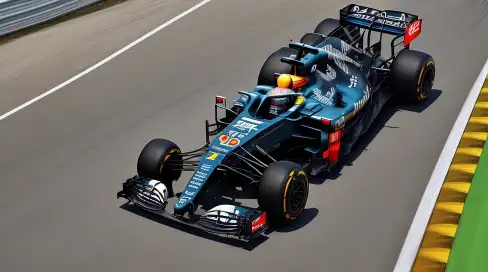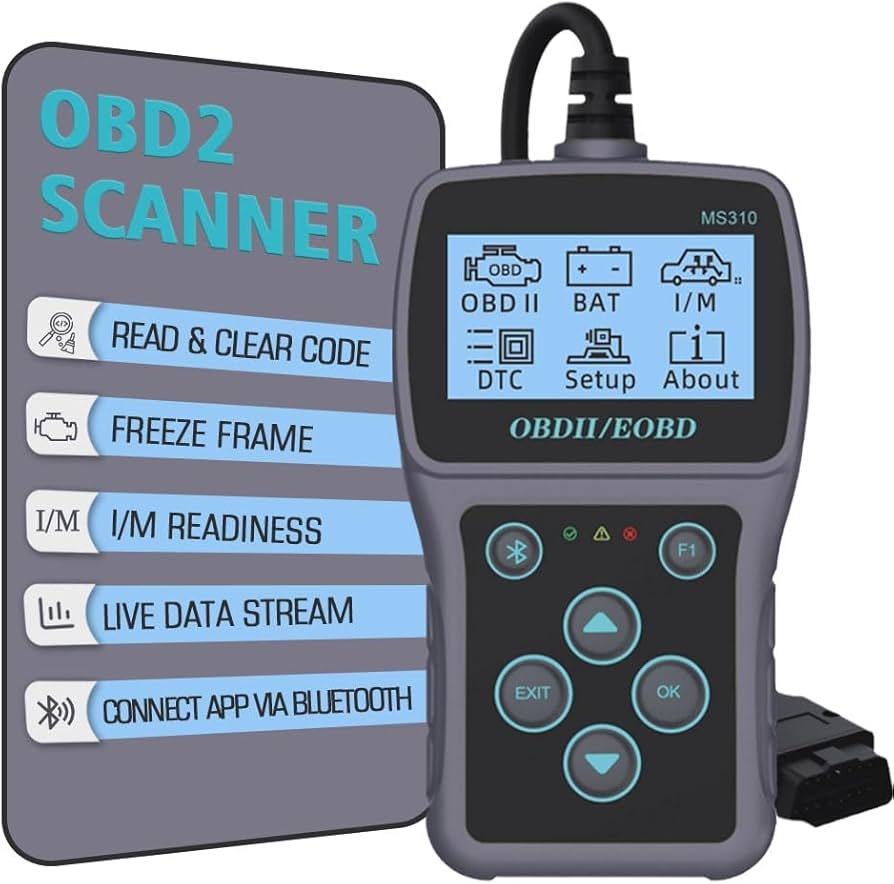What is f1 hybrid era ? also known as the turbo-hybrid era, refers to the current engine regulations in that brought hybrid technology in Formula One that began in 2014. Here’s a breakdown:
- Engine type: The era is defined by a standardized 1.6-liter V6 turbocharged internal combustion engine (ICE) combined with a hybrid system.
- Hybrid system: This is the key feature. The engine harvests energy under braking (using a Motor Generator Unit Kinetic – MGU-K) and from exhaust heat (using a Motor Generator Unit Heat – MGU-H) to provide an extra power boost.
- Increased power: Despite the smaller engine size, the hybrid system has led to a significant increase in power output. From around 750 horsepower in 2014, these engines now exceed 1000 horsepower with a full battery power.
What is f1 hybrid era: After 2021
The current regulations, which began in 2022, mark a transition period away from the original hybrid era that started in 2. Here’s why:
- Engine Freeze: While the core 1.6 liter V6 turbocharged engine remains, there’s a development freeze on the internal combustion engine (ICE) until 2025. This limits further advancements in pure hybrid technology.
- Focus on Sustainable Fuels: The emphasis has shifted towards using advanced biofuels to make F1 more environmentally friendly.
Essentially, F1 is using the 2022-2025 period to bridge the gap to a completely new engine formula planned for 2026. This new era will likely focus on even more sustainable fuels and potentially even different power unit configurations.
Impact of the Hybrid Era:
- More Technical Racing: The complexity of the hybrid systems added a new layer of strategic and technical competition for teams.
- Mercedes Dominance: For most of the era, Mercedes excelled in this technology, leading to a period of dominance.
- Recent Shift: Regulation changes and development by other teams have seen Red Bull challenge Mercedes in recent seasons.
This era concluded in 2021, with new regulations taking effect in 2022. However, the foundations laid by the hybrid era continue to influence F1 technology today.




